Rights Breached, Responsibilities Neglected: How the My Lai Massacre Exposed the Ethical Issues of the Vietnam War
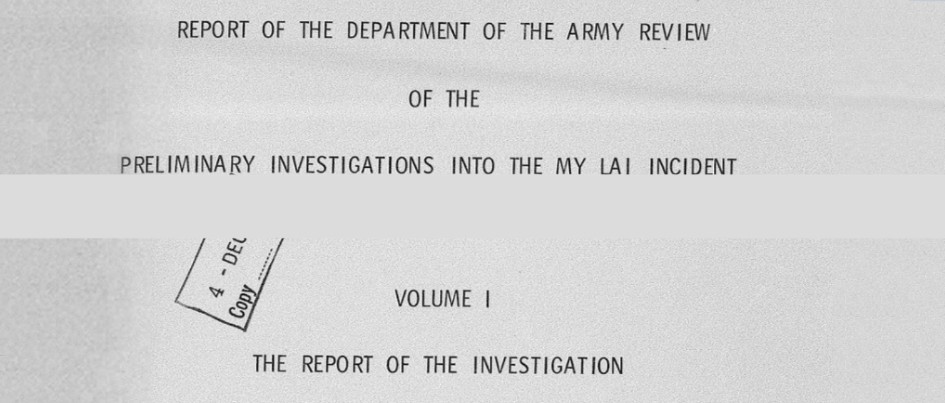
"Report of The Army Review of the Preliminary Investigations Into the My Lai Incident - Volume I - Report of the Investigation - 14 March 1970" United States Department of the Army
Army Cover-Up
The official Task Force report reported 128 Vietcong casualties.
“He said something to the effect that it had been highly successful, that we had two entire companies on the ground in less than an hour and they had moved swiftly with complete surprise to the V.C. in the area. And I asked him, of course . . . about the high body count and the low number of weapons, and he just indicated to me that—you know—that I would do a good job writing the story, and said: ‘Don’t worry about it.’ He did indicate to me that he didn’t feel that it was necessary for him to comment on it."
-Specialist Fifth Class Jay Roberts, on his interview with Colonel Barker, his testimony to the Peers Report
Due to the suspicious state of the massacre, a later “investigation” headed by Colonel Henderson was launched. He would find "nothing suspicious".
"This operation was well planned, well executed, and successful. Friendly casualties were light and the enemy suffered heavily. The infantry unit on the ground and helicopters were able to assist civilians in leaving the area in caring for and/or evacuating the wounded."
-The official Task-force report issued by Lieutenant Colonel Barker and Colonel Oran Henderson
"Report of The Army Review of the Preliminary Investigations Into the My Lai Incident - Volume I - Report of the Investigation - 14 March 1970" United States Department of the Army
Later, it was discovered that several high-ranking officials helped conceal the massacre by suppressing reports and downplaying its scale.
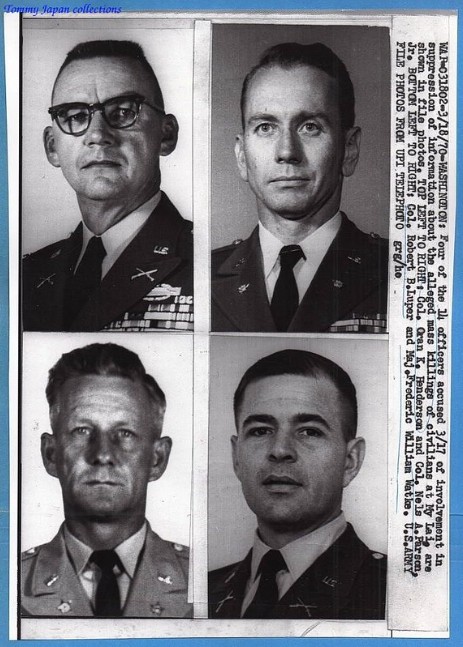
“Four of the 14 officers accused of involvement in suppression of information about the alleged mass kingings of civilians at My Lai, shown in file photos." UPI TELEPHOTO
"Report of The Army Review of the Preliminary Investigations Into the My Lai Incident - Volume I - Report of the Investigation - 14 March 1970" United States Department of the Army
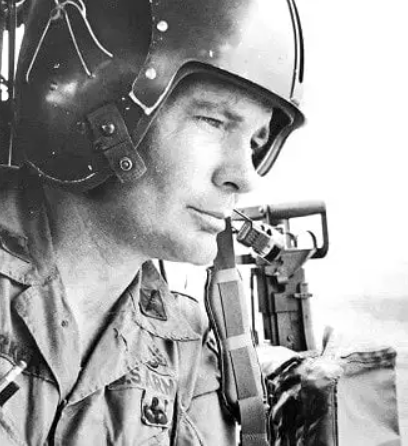
“Lt. Col. Frank Barker, commander of the task force that carried out operations in Pinkville in early 1968.” Vietnam Veterans Memorial Fund
“Colonel Barker had indicated to his artillery liaison officer that the report of sixty-nine Vietcong deaths resulting from artillery fire should be accepted without question; he had assured Major Watke that Warrant Officer Thompson’s report of the killing of civilians was unfounded; and he had urged General Koster to countermand an order from Henderson that would have sent Captain Medina and Charlie Company back into My Lai 4 to examine the destruction there.”
-Seymour Hersh, 1972
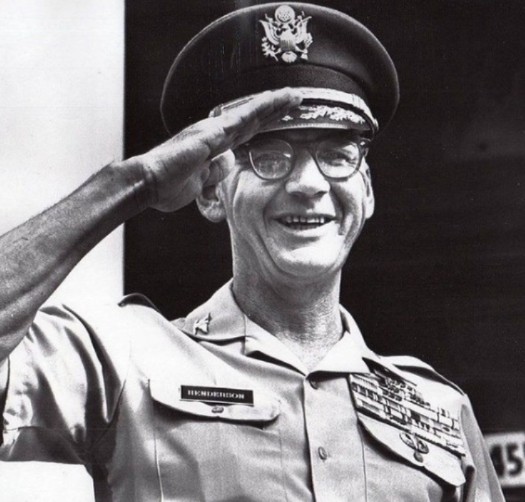
“Col. Oran K. Henderson salutes today during a break shortly after the opening of his court martial at Ft. Meade, Md.” AP WIREPHOTO
“The prosecution contended that the colonel had covered up the killings because he feared that he would lose his new position as brigade commander and his chances for promotion.”
-The New York Times, Michael T. Kaufman, June 5, 1998
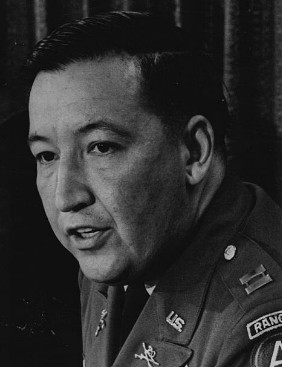
"Capt. Ernest Medina; Commanded Charlie Co." Bill Peters / The Denver Post via Getty Images
"Although Medina’s platoon leaders had told him that at least 106 Vietnamese had been killed, Medina told Henderson that the casualties had numbered just 20 to 28 civilians—all killed by artillery and helicopter gunship fire."
-TIME Magazine, November 29, 1971
With that, the My Lai Massacre was deliberately hidden for months.